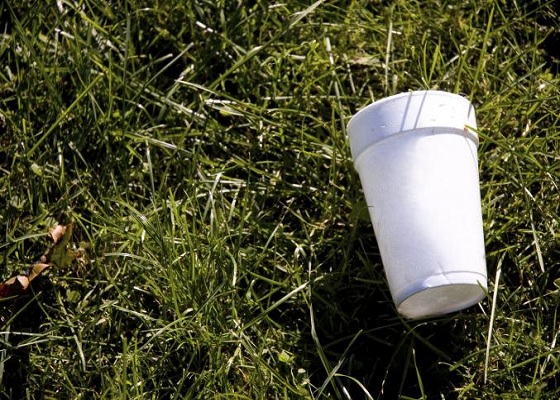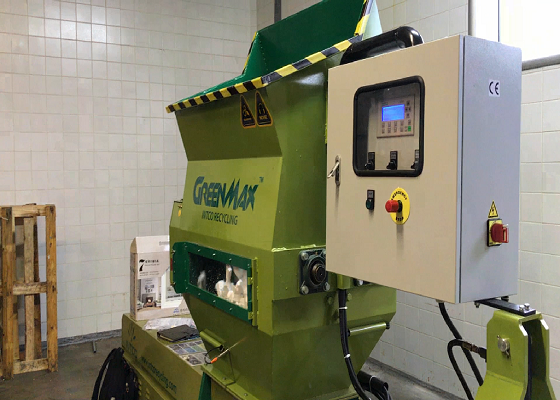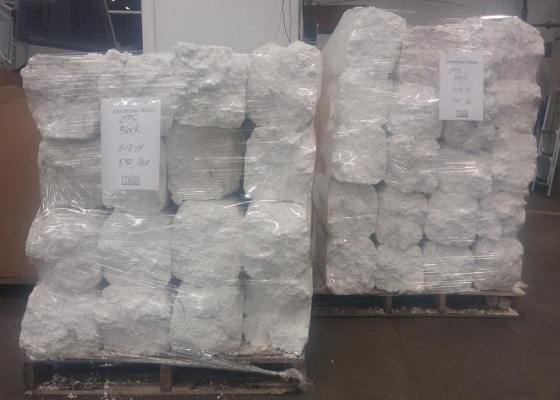With the pandemic, the number of disposable foams and packaging is increasing (please consider taking out containers from all closed restaurants, all closed restaurants purchased by people infected with the virus, water bottles and other packaging items, and a substantial increase in medical waste) .

Amazon and other e-retailers are hiring employees to meet the needs of consumers who stay at home and order the required items. All these additional e-commerce require additional secondary foam packaging, which must be properly handled.

For a long time, the recycling of foam has always had financial feasibility problems. The fall in oil prices affected by the pandemic has made foam production cheaper. Foam raw material prices are lower, which has a great impact on the recycling market. The manufacturer will choose to purchase new materials again, the recycling value of foam waste is reduced, and it can only enter the landfill.
Foam is almost 100% recoverable. After collecting foam waste, the foam volume is reduced by a professional foam compactor machine with a high compression ratio of 50: 1, which saves a lot of storage and transportation costs during the recycling process.

Not only that, regenerating foam blocks can also regain life in other areas. The recycled foam block can be made into plastic particles, which are needed in large numbers in the frame industry, insulation boards and other industries. This is the economic model of the foam recycling market.